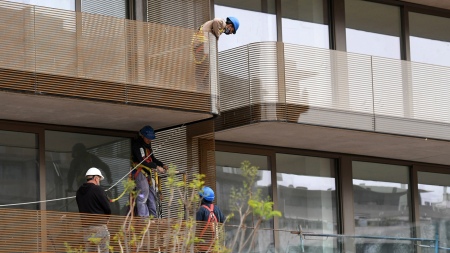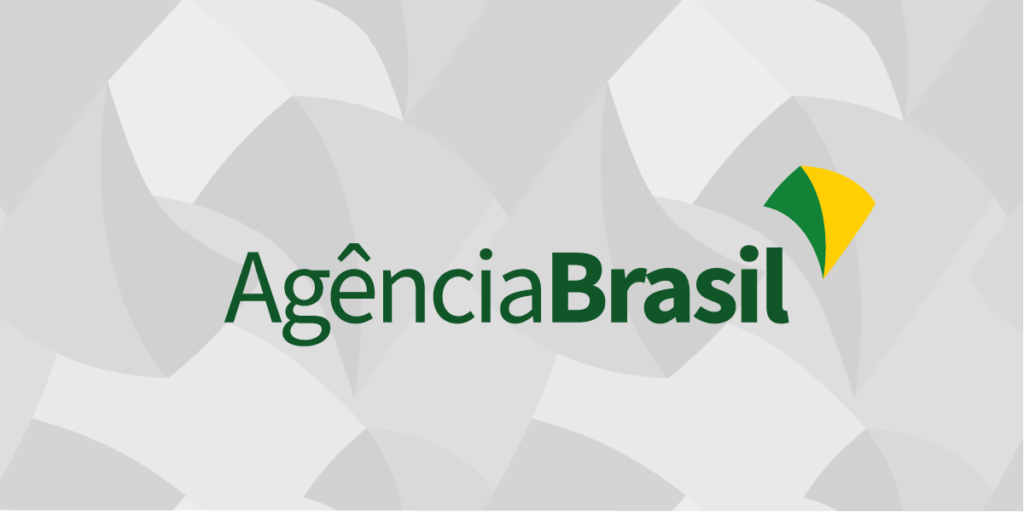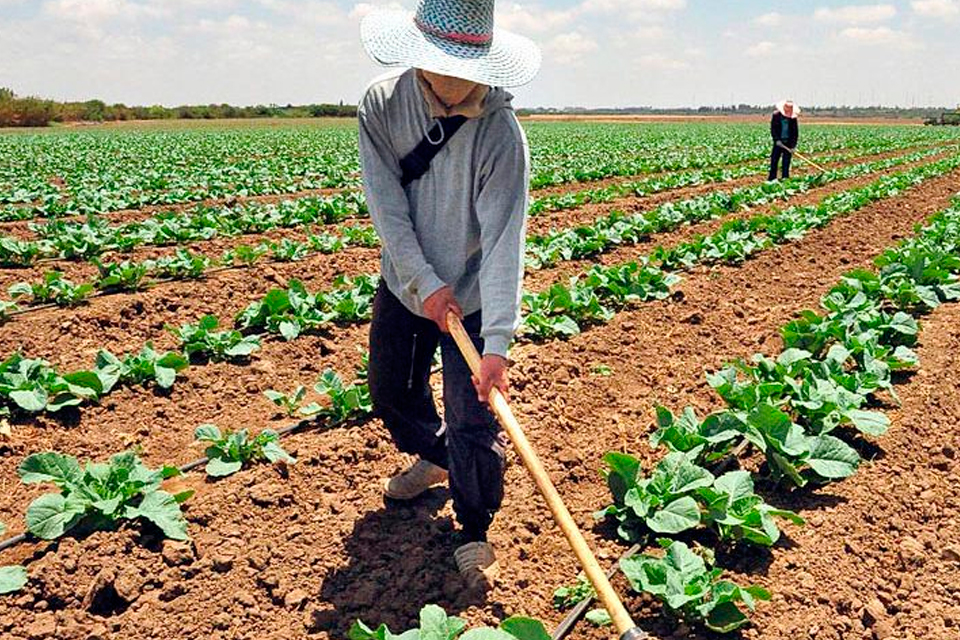the recent approval of the National Housing Labeling Program (Pronev) It is presented as an important impulse for the construction and remodeling of buildings with energy efficiency criteria and, in this way, it can represent a substantial contribution both to the family economy and to that of the public sector, in addition to improvements in the global fight against climate change.
This was maintained in statements to Télam by the architect Silvina López Planté, member of the Group of Institutions for the Energy Labeling of Homesafter the recent approval of Pronev through resolution 5/2023 of the Ministry of Energy.
As more p are addedprovinces that already have a specific law (Santa Fe, Entre Ríos, Mendoza and Tucumán) and the number of certified professionals grows (675 in 14 courses since 2017, according to official reports), labeling will no longer be a rarity limited to pilot tests to become commonplace, “as already it is in real estate in many European countries,” said López Planté.
Labeling is a tool that easily gives an end user who wants to buy, sell or rent extremely important information, which is the energy efficiency of that home.”Silvia Lopez Plante
“Labeling is a tool that easily gives an end user who wants to buy, sell or rent extremely important information, which is the energy efficiency of that home,” he said.
In that way, the energy efficiency will become a variable to consider such as price, geographic location or the value of expensess, both for reasons of caring for the environment and for the savings that lower consumption will represent for the buyer.
“It will be a competitive element”he predicted, while informing that “in Europe, as it is extended to public buildings, you can see the labels on the doors, but where it is seen most frequently is in real estate and they should be seen in the future in Argentina”.
pilot tests
López Planté herself described it in October 2021 in the First Argentine Congress of Home Energy Labeling (Caeev) based on two pilot tests in two houses of 56 square meterss in Yerba Buena (Tucumán) and San Carlos de Bariloche (Río Negro).
In both cases, the energy consumption made up of heating, cooling, DHW (Sanitary Current Water) and lighting was compared: with complete insulation, the savings in the first case reached 61.7% and in the second 63.4%.
If the ecological analysis is done in addition to the economic one, López Planté pointed out that in the example of Yerba Buena a saving of 2,143 tons of carbon dioxide (CO2) is generated, equivalent to planting 107 trees per year, while in Bariloche’s the saving in CO2 is 9,651 tons (483 trees per year).
As the useful life of a house have a 50 year averagethe energy savings in half a century would reach 5,354 and 24,150 trees in that period or, if preferred, with less than 900 cases like the example of Bariloche, there would be a CO2 absorption similar to that of all the trees in the city of Buenos Aires.
The differences lie in the average temperatures in each case. “Argentina is a country with six climatic zones, we cannot have the same value of ranges for all regions,” said López Planté.

To the environmental benefitsthe contributed to the family economy and to the public sector, in a context marked for two decades by the weight of energy subsidies in the fiscal result.
“With the subsidies, energy seemed cheap to us and it still is compared to other countries, but there is already an awareness that something must be done with energy savings because it is felt in the pocket,” said López Planté, in an explanation that leads to considering the cost-benefit equation to address the construction of a new home or the remodeling of an existing one with energy efficiency criteria and the use of appropriate materials.
In this regard, he lamented the “ignorance” of the population in general, given the belief that “the envelope (insulating materials for ceilings, walls and openings) has an extraordinary cost, when in reality it is negligible, from 1% to 3% of the total cost of housing.
This leads one to think of a recovery “relatively fast, depending on the region and the level of tariffs, but it can be estimated in an average of three years,” he estimated.
He also warned that “a house with an efficient envelope (that is, with adequate thermal insulation) needs less heating and cooling equipment and, at the same time, less use of that equipment.”
About, questioned the building criteria in which you can see “one air conditioner next to the other”. “That is no longer energy efficiency, but it is not comfort either, because if there is no uniform temperature there is a risk of thermal jumps,” he assured.
Savings on a family scale is, in turn, of decisive importance in terms of public politicsif one takes into account that more than 30% of energy consumption in Argentina comes from the residential sector and that energy subsidies were the determining factor of the primary deficit of the last fifteen years, with a fiscal cost equivalent to at least 3 points of the Gross Domestic Product (GDP).
From this point of view, for López Planté, labeling “is useful to know how to plan, how to improve the market by reducing energy consumption.”
















